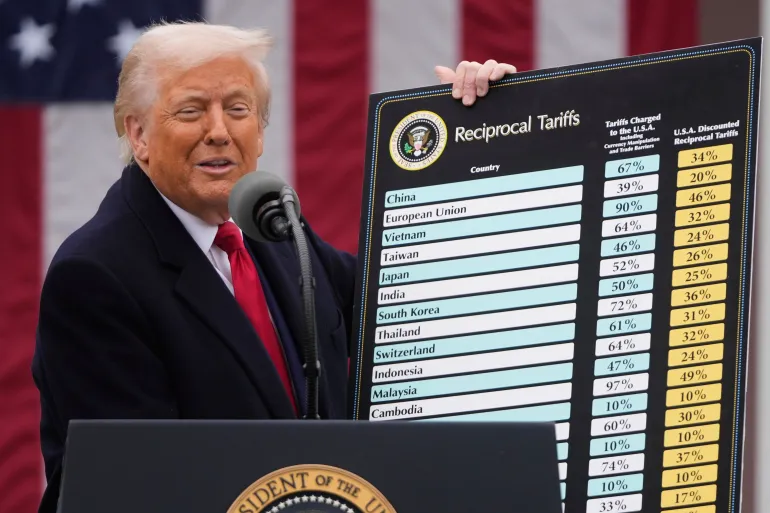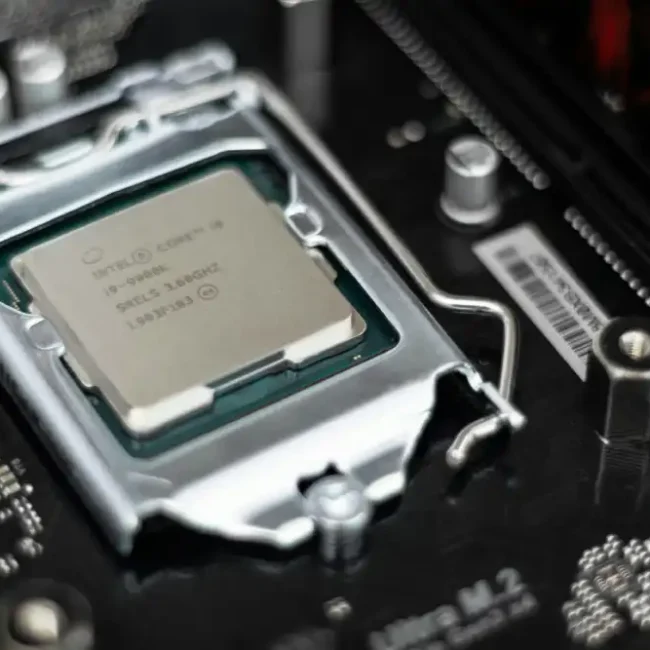Good: OpenAI’s GPT‑5 Is Here

What it is
OpenAI has officially launched GPT‑5, a unified AI model that merges the reasoning strengths of its “o‑series” with the speed of its GPT lineage, setting a new default for free ChatGPT users. It automatically routes responses in real time for efficiency and capability. CEO Sam Altman hailed it as “the best model in the world,” marking a pivotal step toward artificial general intelligence TechCrunch.
What it will do
GPT‑5 empowers ChatGPT to autonomously execute a range of tasks—writing software, managing calendars, generating reports—without manual model selection. It delivers stronger coding performance (e.g., 74.9 % on SWE‑bench Verified vs. Claude Opus 4.1’s 74.5 %), greatly reduces hallucination (just 1.6 % on medical prompts), offers better creative responses, and exhibits improved honesty and transparency.
How you as an investor can benefit
- AI equity exposure: Invest in AI-focused companies or sectors benefiting from GPT‑5’s capabilities—like enterprise software, cloud platforms, or automation tools.
- Competitive edge: Firms integrating GPT‑5 into workflows may see productivity gains—opportunity in productivity SaaS, customer service, and content startups.
- Early mover advantage: Watch for startups and platforms offering GPT‑5-powered products—they may yield outsized growth as adoption accelerates.
Bad: Nutrien Expects More Fertilizer Use by Farmers Despite Low Crop Prices

What it is
Nutrien—recognized as the world’s largest potash producer—announced increased expectations for fertilizer usage by North American farmers heading into the fall planting season of 2025, despite the fact that staple crop prices (corn, wheat, soybeans) remain at multi-year lows. This optimism is built on strong operational results so far in 2025, including record potash sales in the first half of the year. The company also raised its full-year potash sales volume forecast to 13.9–14.5 million metric tons, reflecting its bullish view of market demand.
Second-quarter earnings came in ahead of expectations, supported by a corn planting surge and favorable demand in North America. Potash sales jumped 31% to US$991 million, contributing to total sales of US$10.44 billion for the quarter.
What it will do
- Replenish soil nutrients: Farmers expect to use more fertilizer to replenish soils that have been depleted by high-yield crops, even when crop prices are weak—especially given excellent crop conditions this year.
- Sustain demand amid low prices: The need to maintain future yields is outweighing economic disincentives from low commodity prices—farmers are preparing for long-term productivity, and fueling near-term fertilizer demand.
- Market stability in potash supply: Nutrien views the global potash market as “in balance”, with healthy pricing, as supply expansion is unlikely to keep pace with demand due to the complexity and scale of new production projects.
How you as an investor can benefit
Outperformance relative to peers: While other agribusinesses (like ADM or Bunge) struggle with soft earnings amid trade and income pressures, Nutrien has shown resilience and operational strength that may translate to relative outperformance for investors.
Play a defensive and resilient ag-input exposure: With record Q2 earnings and rising demand, Nutrien appears well-positioned to deliver solid results even when crop prices challenge farmer margins—making it a potentially reliable holding in uncertain ag cycles.
Potential upside from higher potash pricing: Tight global supply alongside strong demand could drive potash prices upward, benefiting Nutrien’s top line and margins.
Dividends and cash return: Nutrien’s strong cash flow from operations—including record sales and volume growth—supports share repurchases and dividends, improving investor yield and total return prospects.
Ugly: US Tariffs Come Into Force Today

What It Is
As of August 7, 2025, the Trump administration has activated a sweeping new regime of “reciprocal” tariffs on over 60 countries, including major trade partners like the EU, Japan, and Canada. Tariff rates now range between 10% and 50%, with the highest rates applied to nations such as Brazil (50%), India (25‑50%), Switzerland (~39%), Canada (~35%) and others New York Post. Agreements with select countries (e.g., EU, Japan, South Korea, UK) resulted in lower tariffs—typically 15–20%, with the UK at 10%.
In conjunction with these, the U.S. also signaled plans for a 100% tariff on semiconductor imports, exempting those produced domestically. The implementation has pushed the average U.S. tariff rate to its highest level since the 1930s, with projections showing tariff revenues could reach up to $300 billion annually.
What It Will Do
- Boost government revenue: The tariffs are expected to channel billions—potentially $300 billion—into U.S. coffers, functioning as a significant source of non-legislative revenue.
- Stoke inflation and cost pressures: Import taxes are likely to be passed on to consumers, potentially raising average household costs by thousands annually and pressuring pricing in sectors like electronics, apparel, and food.
- Disrupt global supply chains: Businesses are navigating a complex and shifting landscape of country-specific rates. Many face uncertainty on pricing, sourcing, and routing, with concerns about fragmented trade policy and a lack of established agreements Politico.
- Trigger political and legal backlash: Courts have challenged the executive authority under the IEEPA used to impose such tariffs. Previous “Liberation Day” tariffs were ruled unconstitutional, though enforcement remains paused while appeals proceed .
How You as an Investor Can Benefit
- Lean into domestic manufacturers: U.S. firms that compete with import-dominated industries—e.g., steel, aluminum, autos, semiconductors—may gain pricing advantage and margin improvement under protectionist policy.
- Hedge against inflationary risk: Companies with diversified supply chains or pricing power (e.g., consumer staples, utilities) could better absorb cost shocks and outperform.
- Invest in logistics & reshoring plays: Firms involved in domestic production, logistics, and reconfigured supply chains may see increased capital flows.
- Monitor legal and policy shifts: Outcomes from ongoing legal challenges could overturn or recalibrate tariffs—investor awareness of court trajectories can inform timing and risk mitigation.
- Stay cautious on consumer-facing sectors: Retailers and businesses heavily dependent on imports may face margin compression and reduced consumer spending due to inflation.
Summary Table
| Focus Area | Key Implications for Investors |
|---|---|
| Tariffs & Revenue | Extreme rates raise U.S. tariff revenue dramatically |
| Consumer Impact | Higher costs may depress discretionary spending |
| Supply Chain Effects | Global uncertainty; reshoring may gain traction |
| Legal Risks | Court decisions could reverse or limit tariff enforcement |
| Investment Strategy | Favor domestic manufacturers, supply-chain plays, and hedged portfolios |





